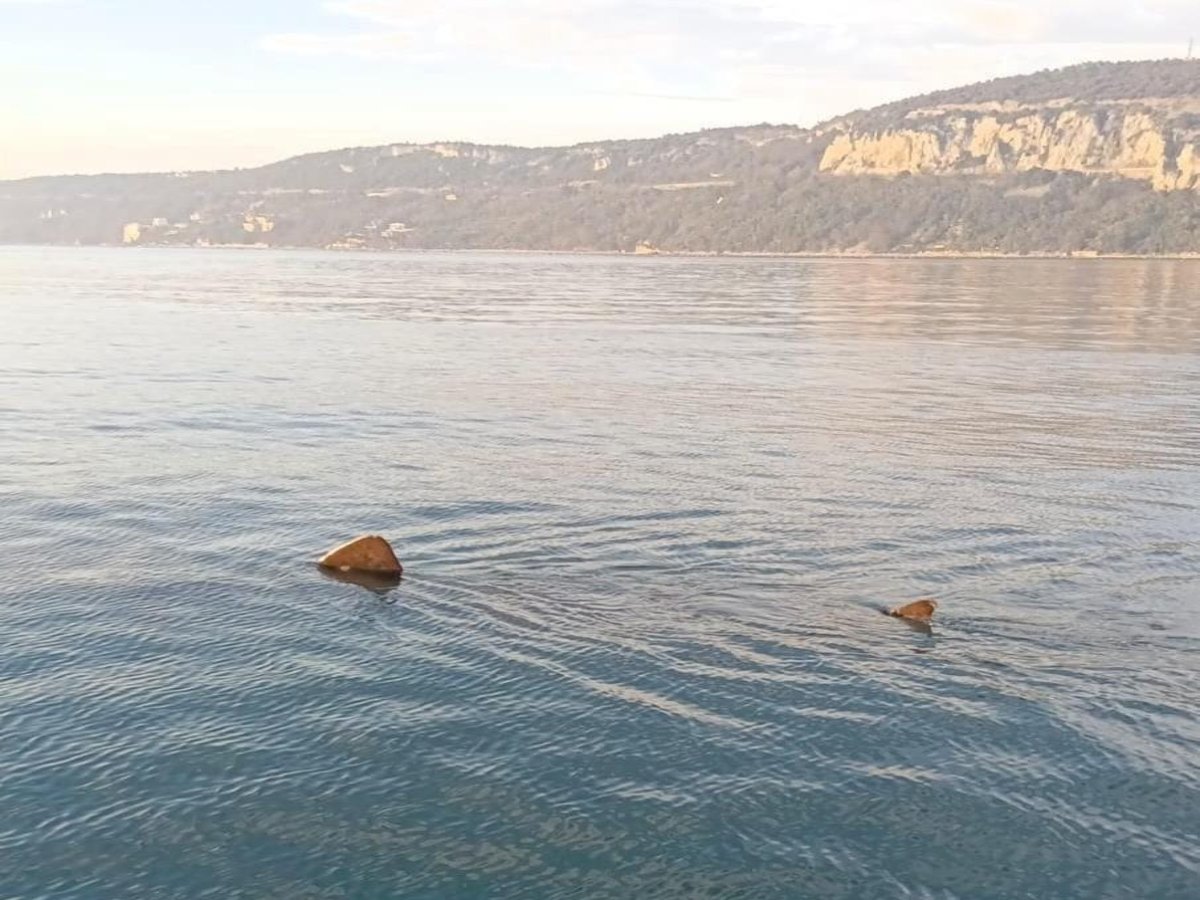Basking shark sighting in the Gulf of Trieste
A basking shark (?????ℎ???? ???????) about 8 meters long was spotted between Santa Croce and Marina di Aurisina. This is wonderful news for the Gulf of Trieste and its biodiversity and gives hope to species that are increasingly threatened throughout the Mediterranean.
The sighting of the specimen shown in this photo was reported to the Miramare Marine Protected Area in recent days and the species has been confirmed by their experts. This is a rare observation for the Gulf: the last one dates back to 2015, also in the waters of Duino.
Researcher Diego Borme from the OGS comments on the sighting as follows:
This is a species that occurs in temperate seas all over the world and is capable of migrations of thousands of kilometers.
The name "basking shark" comes from the fact that the juveniles of this species have a rather long and curved snout, somewhat reminiscent of a proboscis. It usually swims alone, calmly and serenely, at a few knots of speed, with its mouth wide open, while filtering plankton organisms that it retains in the back of its throat thanks to its filtering apparatus, which consists of long and thick spines on the gill arches.
It is easy to approach and does not seem to care too much about the presence of boats, but its size can still lead to dangerous queues. A good giant, then, but also fragile. This species is considered endangered because there are some vital characteristics that make it fragile: sexual maturity, which is reached between 16 and 20 years, the gestation of the offspring, which lasts between 12 and 36 months, the fact that they give birth to a maximum of 6 young at a time every 2to 4 years. Humans have not always been harmless towards this species, as this shark was fished for a long time, especially in the northern seas, for its liver, from which oil was extracted, and for its skin, from which a special leather was obtained. It is currently very important to protect this endangered species and ensure its presence in the marine ecosystem.
Picture credits: Marine Protected Area of Miramare.

